Doctors Reveal the Surprising Key to Maintaining Mobility Over 50

Good mobility after 50 is key for a thriving, independent lifestyle which encourages healthy aging. “Being active is good for your bones, your heart and emotional as well as social health,” physical therapist Amy Cassady tells the Cleveland Clinic. “It’s also great for anxiety and depression management. Exercise not only benefits your muscle and bone health, but it also boosts your emotional well-being.” So how can you make sure you maintain mobility after 50? Here’s what the experts say.
RELATED: Can You Climb Stairs Without Stopping Over 50?
More Exercise, Not Less
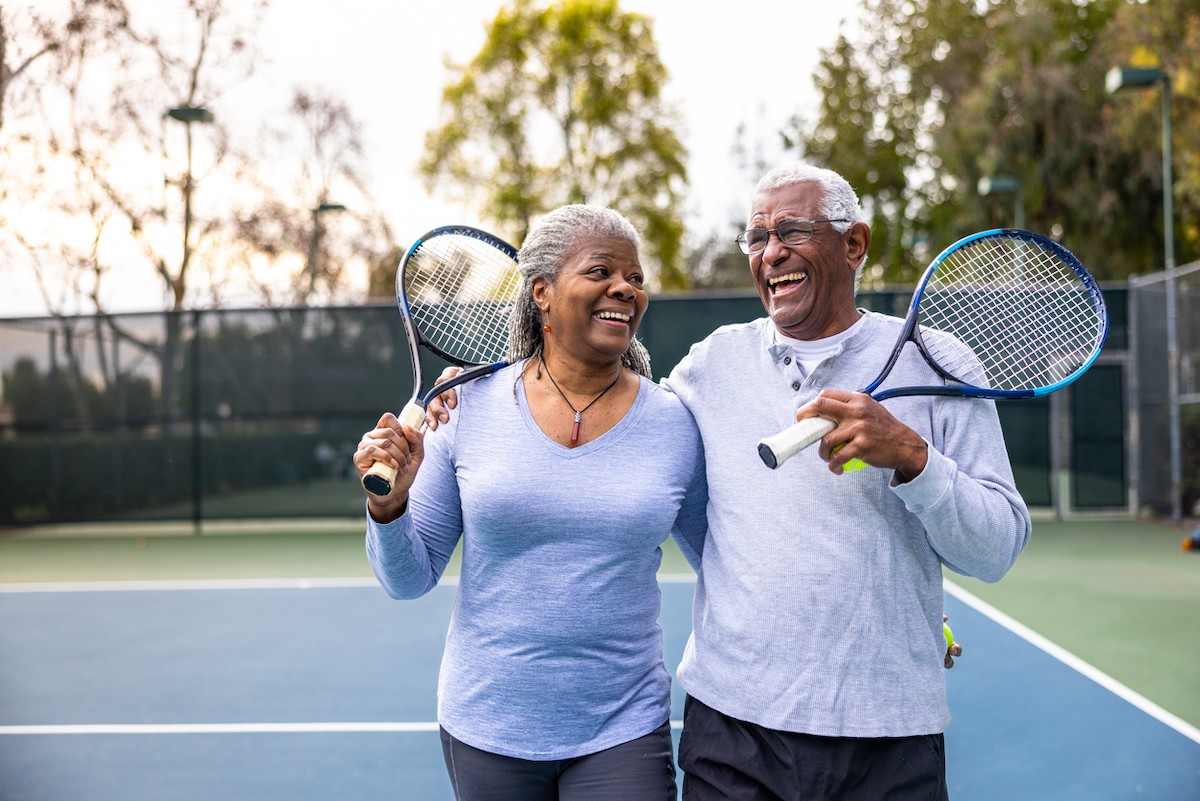
You might think getting older means you can work out less, but you should actually work out more. “It turns out that one of the most important causes of reduced strength and coordination with aging is simply reduced levels of physical activity,” says Andrew E. Budson, MD, via Harvard Health. “There is a myth in our society that it is fine to do progressively less exercise the older you get. The truth is just the opposite! As you age, it becomes more important to exercise regularly — perhaps even increasing the amount of time you spend exercising to compensate for bodily changes in hormones and other factors that you cannot control. The good news is that participating in exercises to improve strength and coordination can help people of any age.”
Muscle Mass and Mobility
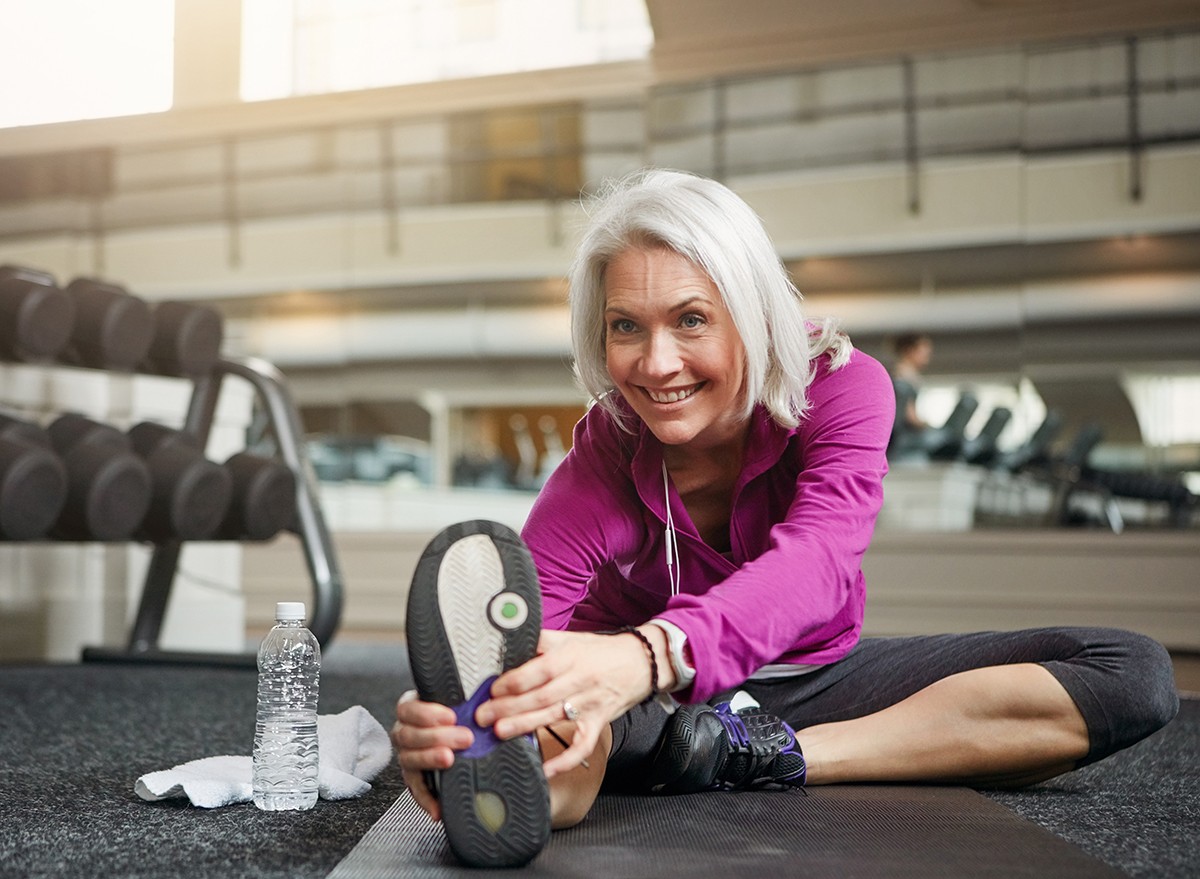
As we get older, we lose muscle mass—and exercise can help slow down that process. “If you don’t have sufficient amounts of muscle, you’re not going to be able to perform daily living activities as you’re getting older,” says Dr. Brian Clark, executive director of the Ohio Musculoskeletal and Neurological Institute and Osteopathic Heritage Foundation Harold E. Clybourne, DO, Endowed Research Chair at Ohio University. “If you can’t get out of your chair or shop for groceries, it starts to impact independent living.”
How Much Do I Need?
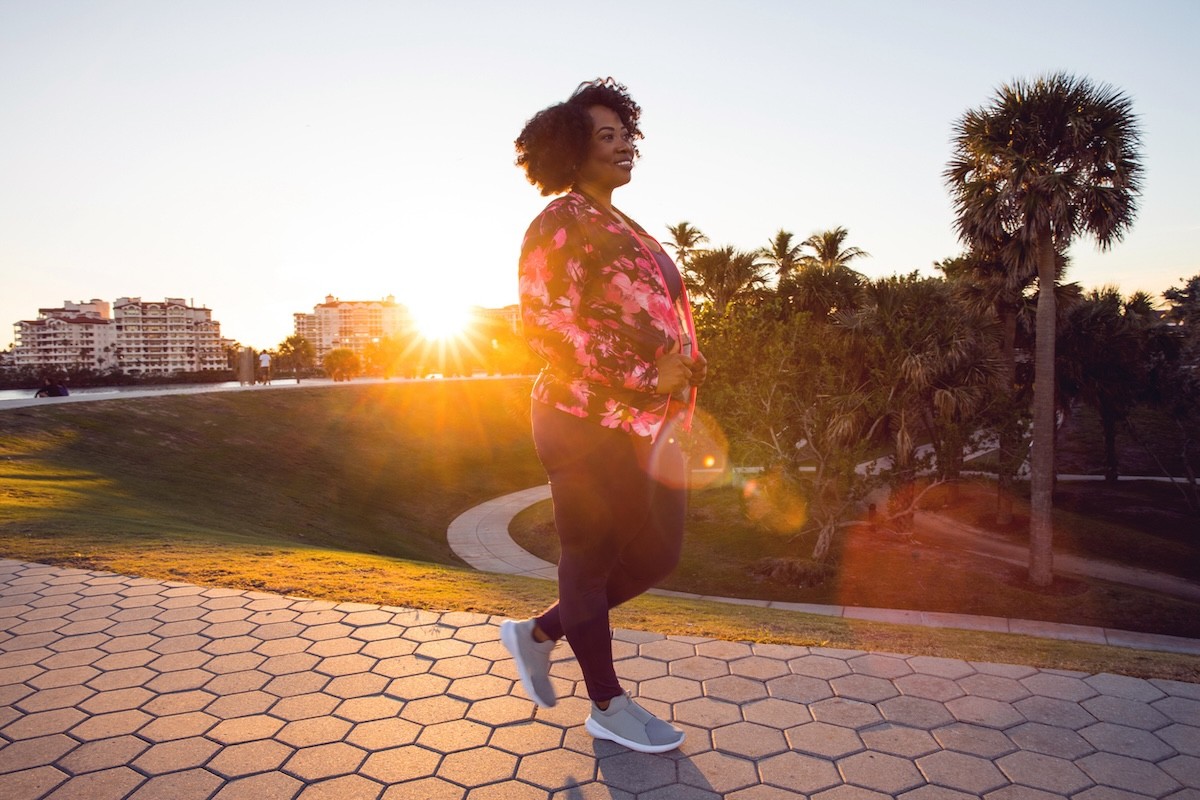
Mix up your workouts to include both cardio and strength-building. “Participate in aerobic exercise such as brisk walking, jogging, biking, swimming, or aerobic classes at least 30 minutes per day, five days per week,” says Dr. Budson. “Participate in exercise that helps with strength, balance, and flexibility at least two hours per week, such as yoga, tai chi, Pilates, and isometric weightlifting.”
Strength Training
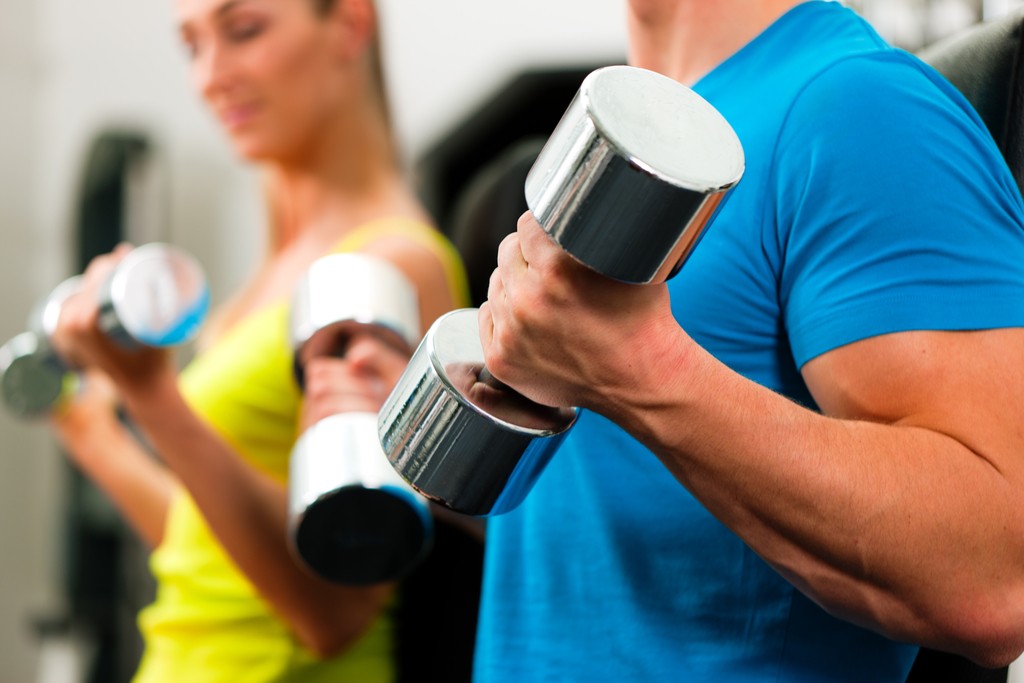
Strength training isn’t the only method for working on muscle strength and mobility. “I’m a big proponent of power yoga – you need strength, flexibility, and it can also require some cardiovascular aspects,” Dr. Clark says, although it’s fine to start with something less challenging depending on fitness level. “Pushups are a great exercise, and squats are a compound exercise that work numerous muscle groups. I typically advise people to do the kind of exercise they like – do something you’re going to do, and that you’re going to stick with.”
RELATED: 10 Stretches to Boost Flexibility and Relieve Tension.
Build Up Endurance
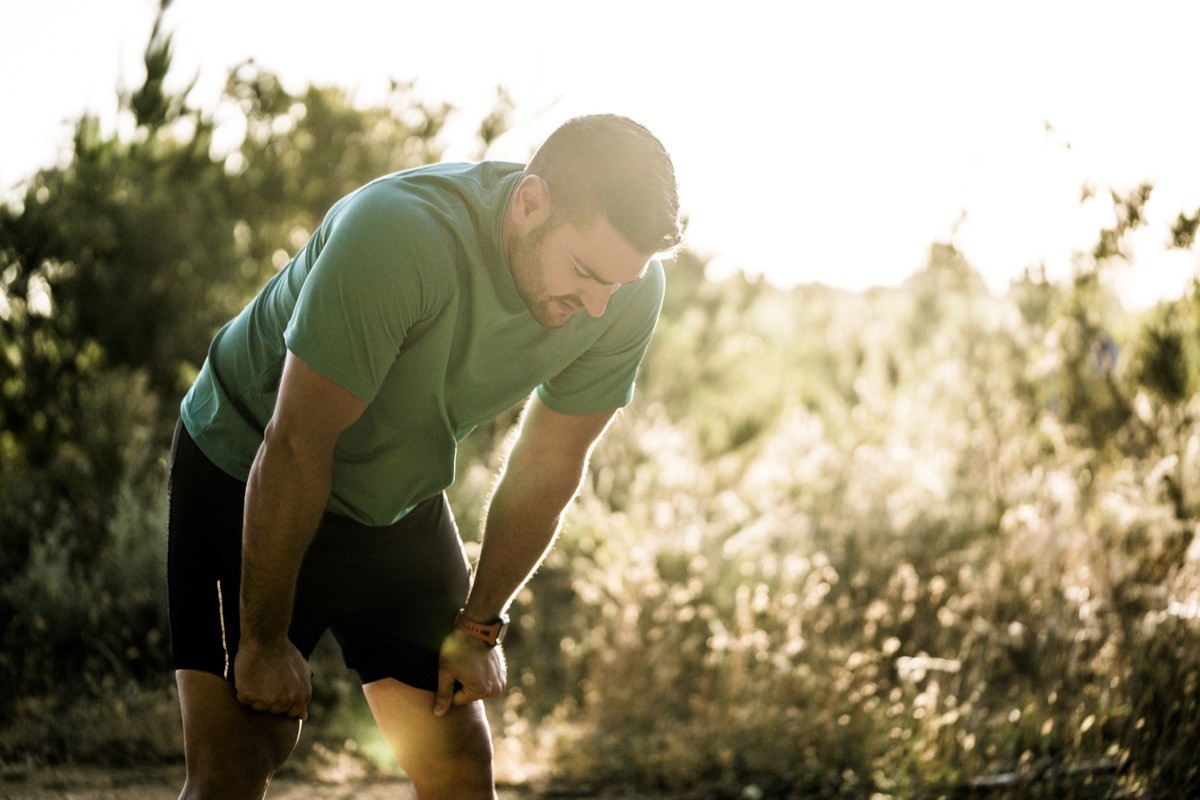
Pay attention to how your body responds to the exercise. “Mild muscle fatigue may happen as you start an exercise program,” Cassady says. “You might do five or 10 minutes of standing exercises and feel worn out. Keep in mind that as you continue to exercise daily, you’re going to gradually build up your stamina. Try strengthening exercises two days a week. If you experience some soreness, spacing out strengthening sessions will allow the soreness to resolve over a couple of days. But you never want to exercise to the point of pain.”
It’s Never Too Late To Start
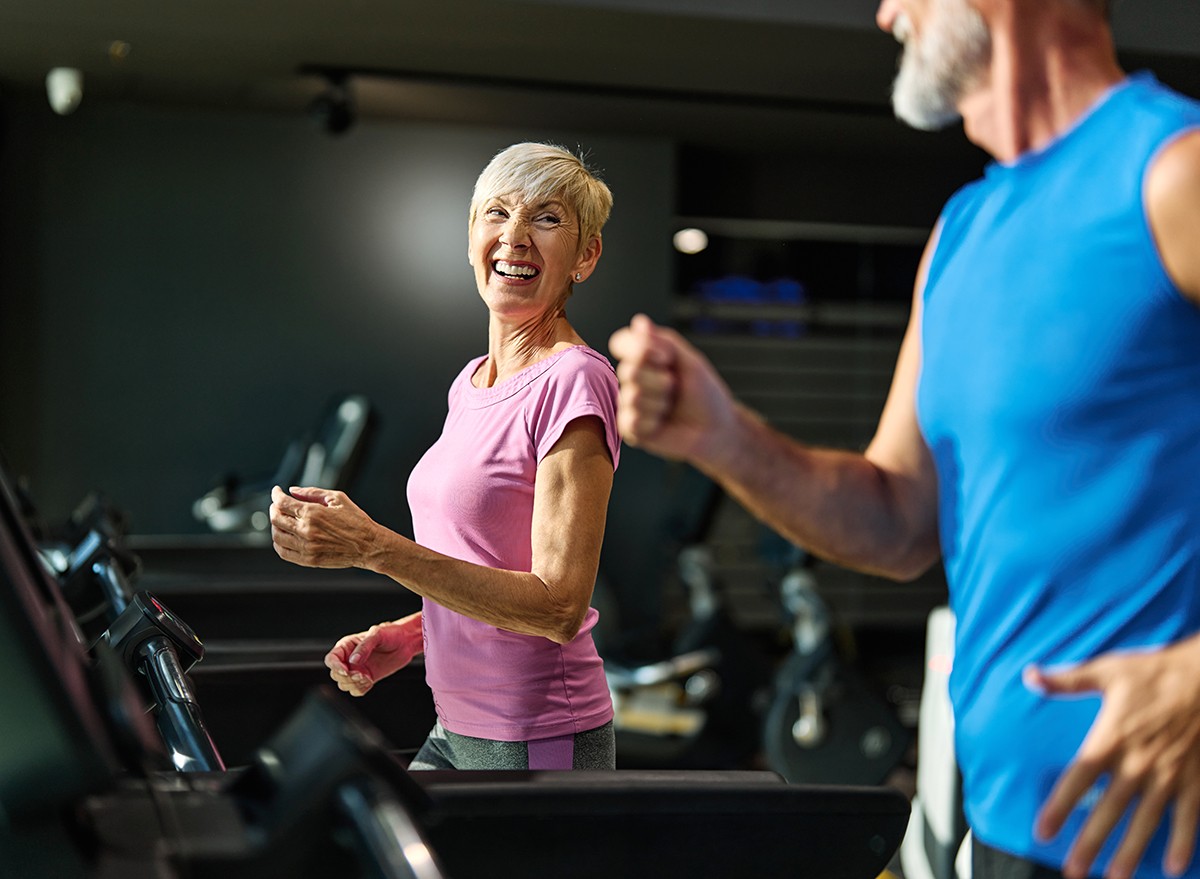
Start working on building muscle and mobility right now. “People’s mid-life hand grip strength is predictive of disability development when you’re older. That’s been known for decades now,” Dr. Clark says. “Getting started yesterday is important. I [liken it to] retirement savings – it’s never too early to start saving and being proactive in your health. There are studies showing that people in their 90s and even in their 100s can still enhance their muscle mass and physical function and performance with the right exercise.”